Featuring an all-new optical design for Sony and L-mount full-frame mirrorless cameras, the Sigma 90 mm F2.8 DG DN | Contemporary lens is the latest in the range of I sub-series models. As such, it features a compact body and high-quality metal build with knurled control rings and a similarly knurled metal hood, which is included in the price.
Inside it has a relatively complex construction consisting of 11 elements arranged in 10 groups. The design adopts a single asphere and no less than 5 SLD low dispersion type glass elements to mitigate chromatic aberration.
The Sigma 90mm F2.8 DG DN | Contemporary uses a single stepper AF motor for smooth and quiet focusing. Sigma has also added internal focusing for improved responsiveness and, as an added benefit, there’s no extending barrel either. Also welcome is a closer-than-expected minimum focus distance of just 0.5m (1.6’), and a useful maximum magnification of 0.2x.
With a 55 mm filter thread, the lens is highly compact and lightweight at just 295 grams (10.4 oz). It is available now for around $639/€599.
You can view the results for all tested lenses and create your own comparisons and in-depth analyses using our interactive image lens comparison tool.
Key specifications:
- 11 elements in 10 groups
- 1 aspherical, 5 SLD elements
- 9-blade, rounded aperture
- Stepper motor with IF
- Metal build
- 55 mm filter thread
- Minimum focus distance: 0.5 m (1.6’)
- Weight: 295 grams (10.4 oz)
Test results
We tested the Sony E-mount version of the Sigma 90 mm F2.8 DG DN | Contemporary on the highest resolution body in the line-up, the 61 MP Sony A7R IV. The lens and sensor as a system achieved an overall DXOMARK score of 39 points, which is a good score but a little lower than others competing in the same space.
While the new model has excellent transmission, overall sharpness levels are a little on the low side, and they’re held back somewhat by astigmatism in the outer field. It also has relatively high levels of lateral chromatic aberration, peaking at 17 µm. Pincushion distortion, measured at 1.2%, is another weak point, which is unusual to see at this focal length. Finally, vignetting is also a little high given it is a modest F2.8 lens.
It’s always worth going through the data to see how the lens performs at individual aperture settings. Also bear in mind that the results don’t include any software correction.
In-depth comparisons
The Sigma 90 mm F2.8 DG DN | Contemporary is likely to be used for portraits and for selective framing generally, so we’ve compared the new lens with the around $800 Sony FE 85 F1.8. For an idea of how it might compare with a high-end model, we’ve also selected the $1,100 Sony FE 90 mm F2.8 Macro G OSS. While this lens might not look like a direct rival for your cash, many photographers choose a short tele macro for portraiture as it can also be used to crop in tightly. While Sigma has a much shorter minimum focus distance than many others at this focal length, a typical standard short tele would find closing in on facial details such as eyes and eyelashes or lips difficult or even impossible without an extension tube.
You can see an overview of this comparison in our database.
Sharpness
Short telephoto lenses like this are typically easy to design and usually have very high sharpness levels. While the older Sigma performs pretty well in the center of the frame from the initial aperture, levels aren’t quite as high as either the Sony FE 85 mm F1.8 or the more expensive Sony FE 90 mm F2.8 Macro G OSS at their respective initial apertures. Moreover, at F2.8 – F5.6 and particularly at F4, there are quite high levels of astigmatism in the outer field, which holds back sharpness overall. When stopped down to F8 and above, all three lenses have similar sharpness levels, albeit perhaps with the Sigma being just slightly behind the other two.
Chromatic aberration
With fringing peaking at 17µm on the Sony A7R IV, quite high levels of lateral chromatic aberration were measured in the lab. While this is considerably higher than either the “faster” or “brighter” Sony FE 85 mm F1.8 or the more optically complex but more expensive Sony FE 90 mm F2.8 Macro G OSS it’s not necessarily a deal-breaker as the high levels mostly occupy the corners and is easy to remove in software. The star here is the Sony FE 90 mm F2.8 Macro G OSS, which is well-controlled across the field.
Geometric distortion
Given the short tele focal length, the pincushion distortion measured at 1.2% is quite high. Both Sony lenses — the Sony FE 85mm F1.8 and Sony FE 90mm F2.8 Macro G OSS — show minor barrel distortion at 0.3% and 0.2%, respectively. Like the lateral chromatic aberration measurements, this and the vignetting don’t take any profile correction into account, so it’s likely that some software correction in your workflow will improve the outcome.
Vignetting (corner shading)
Vignetting is another shortcoming that’s easily controlled either using the camera or editing software to selectively lighten the corners. That may be just as well as the Sigma 90 mm F2.8 DG DN has quite high levels for a lens with a modest F2.8 initial aperture and it still has some visible vignetting at F5.6. While it’s not much of an issue, the Sony FE 80 mm F1.8 has slightly less at F1.8 and the Sony FE 90 mm F2.8 Macro G OSS has around 0.7 EV less at the maximum and a much larger central core without visible vignetting of the other two.
Transmission
Transmission is one area where the Sigma 90 mm F2.8 DG DN lens excels, and it’s an important attribute, especially with hybrid models offering video capture. At T2.9 the Sigma 90 mm F2.8 DG DN is just -0.1 EV lower than the manufacturer’s stated maximum F-number. While that’s a win for the Sigma lens, both Sony’s have good transmission as well, with the Sony FE 85 mm F1.8 being just -0.2 EV behind at T2.0 and the Sigma 90 mm F2.8 DG DN measuring T3.2 or -0.4 EV lower than the stated F-number.
Conclusion
Not everyone wants large and heavy high-speed lenses, so there’s clearly an opportunity for compact high-quality primes. With such strong contenders in Sony’s lineup at this focal length, though, it is perhaps no surprise to see Sigma offering something a little different with the Sigma 90 mm F2.8 DG DN | Contemporary lens. Despite some slight shortcomings, many of which can be overcome with software correction, image quality is very good overall. What’s more, if portraiture is your thing, thanks to its small size, great build, and relatively affordable pricing, the Sigma 90 mm F2.8 DG DN | Contemporary looks like a super-compelling option.
In this review, we have compared the Sigma 90 mm F2.8 DG DN Contemporary mounted on a Sony A7R IV to its closest rivals from other brands. Remember that the lenses may be used on various cameras with different sensors, or in some cases on different camera systems using different mounts, so the results will vary between them.
As usual, you can create your own comparisons and in-depth analyses using our interactive image lens comparison tool.


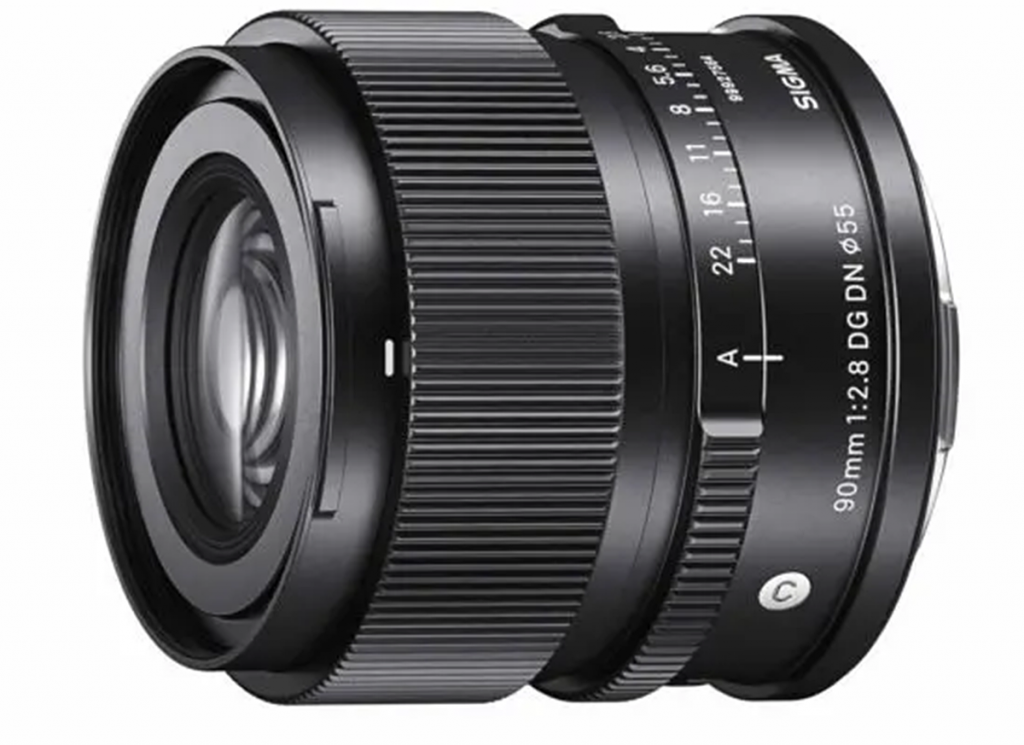


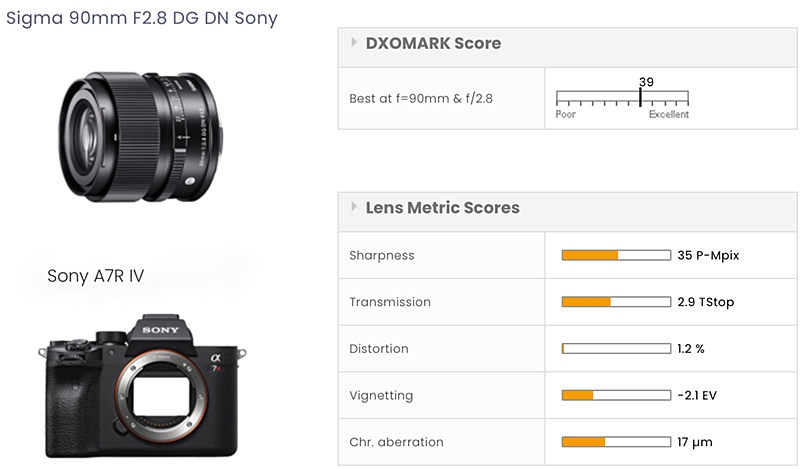

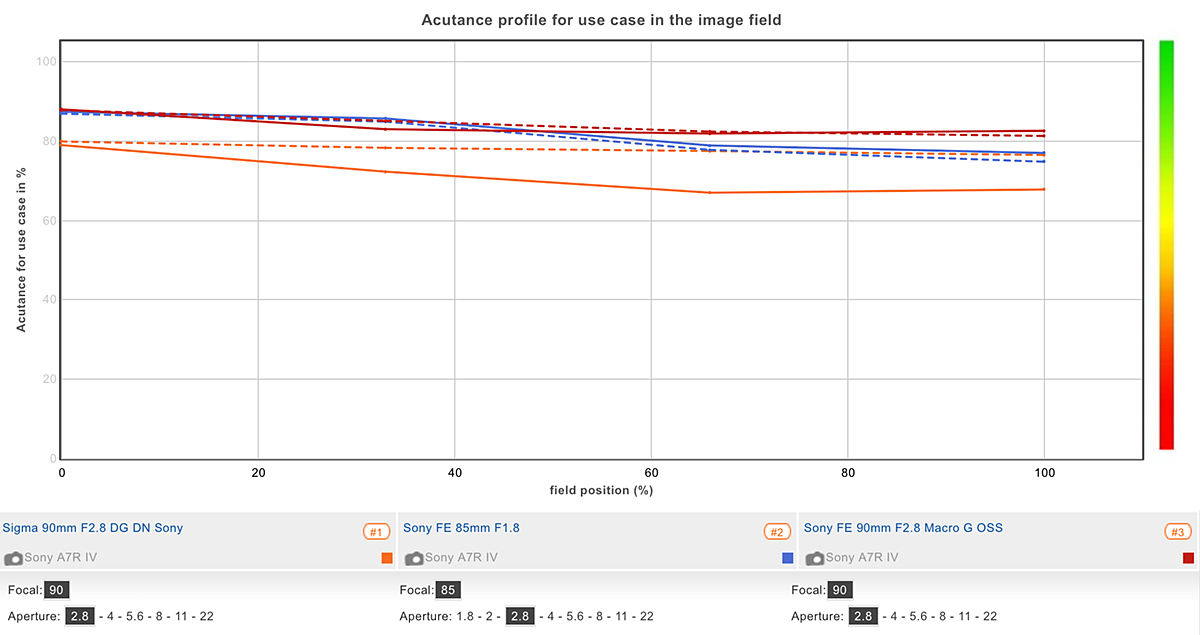
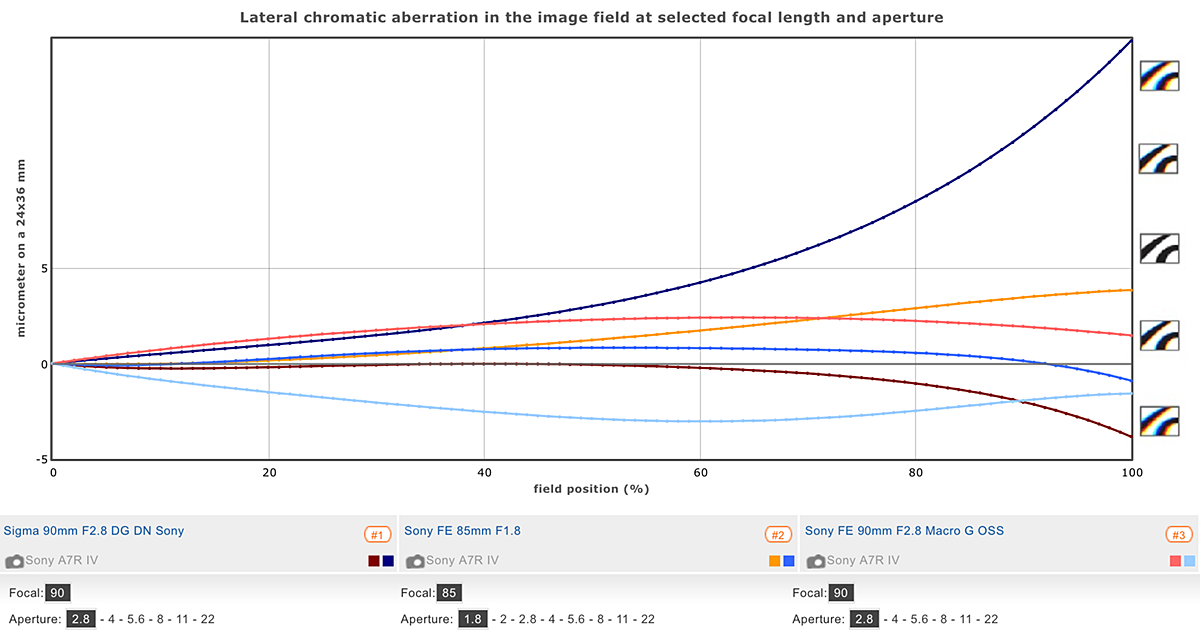

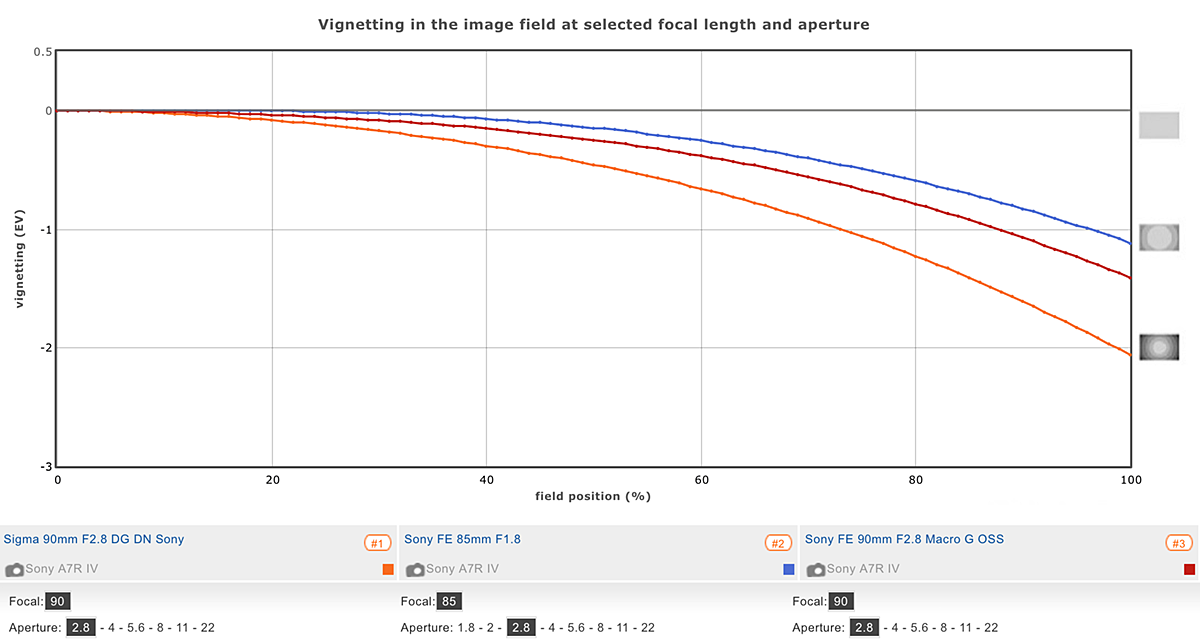

DXOMARK encourages its readers to share comments on the articles. To read or post comments, Disqus cookies are required. Change your Cookies Preferences and read more about our Comment Policy.